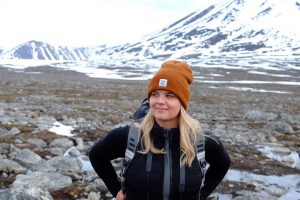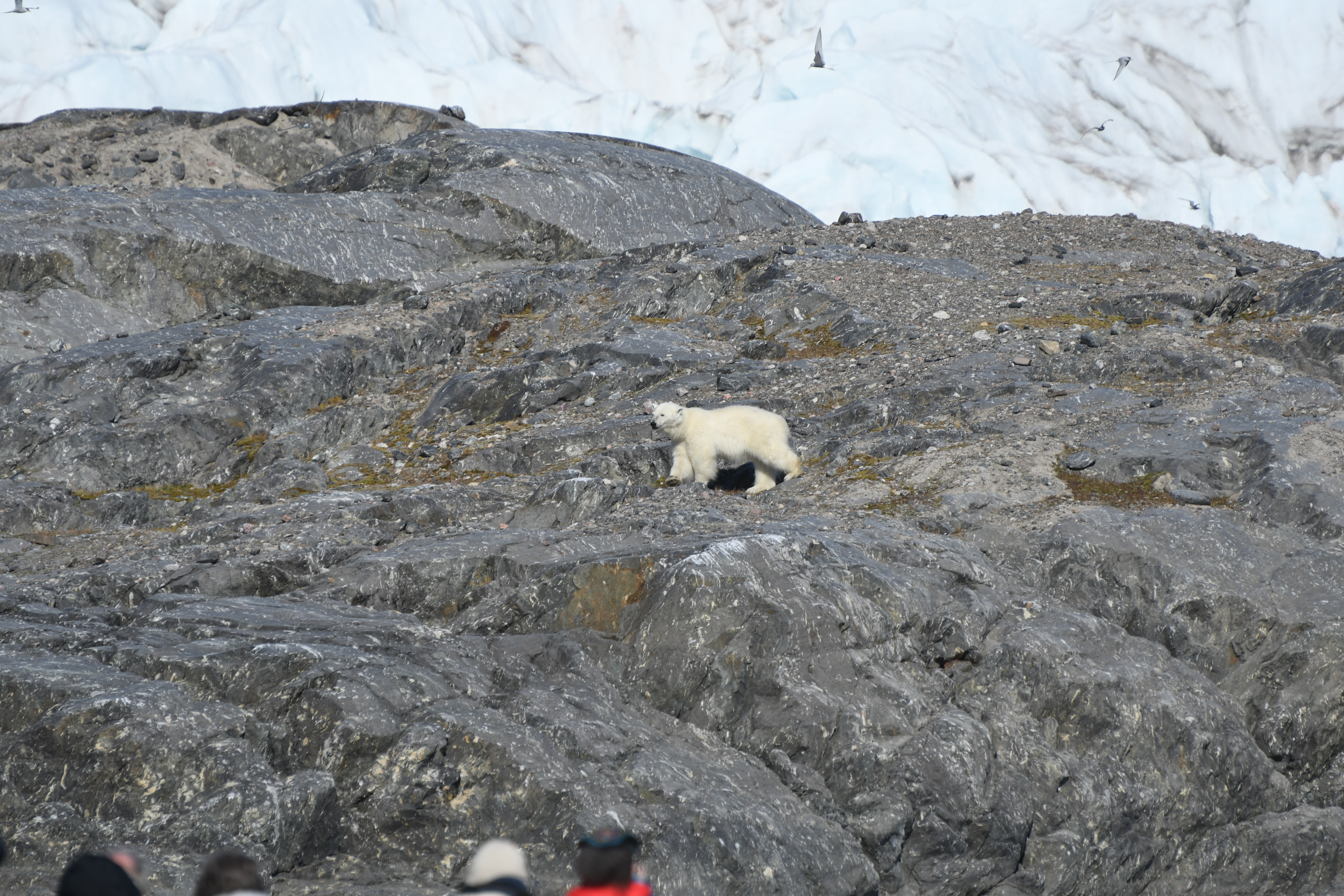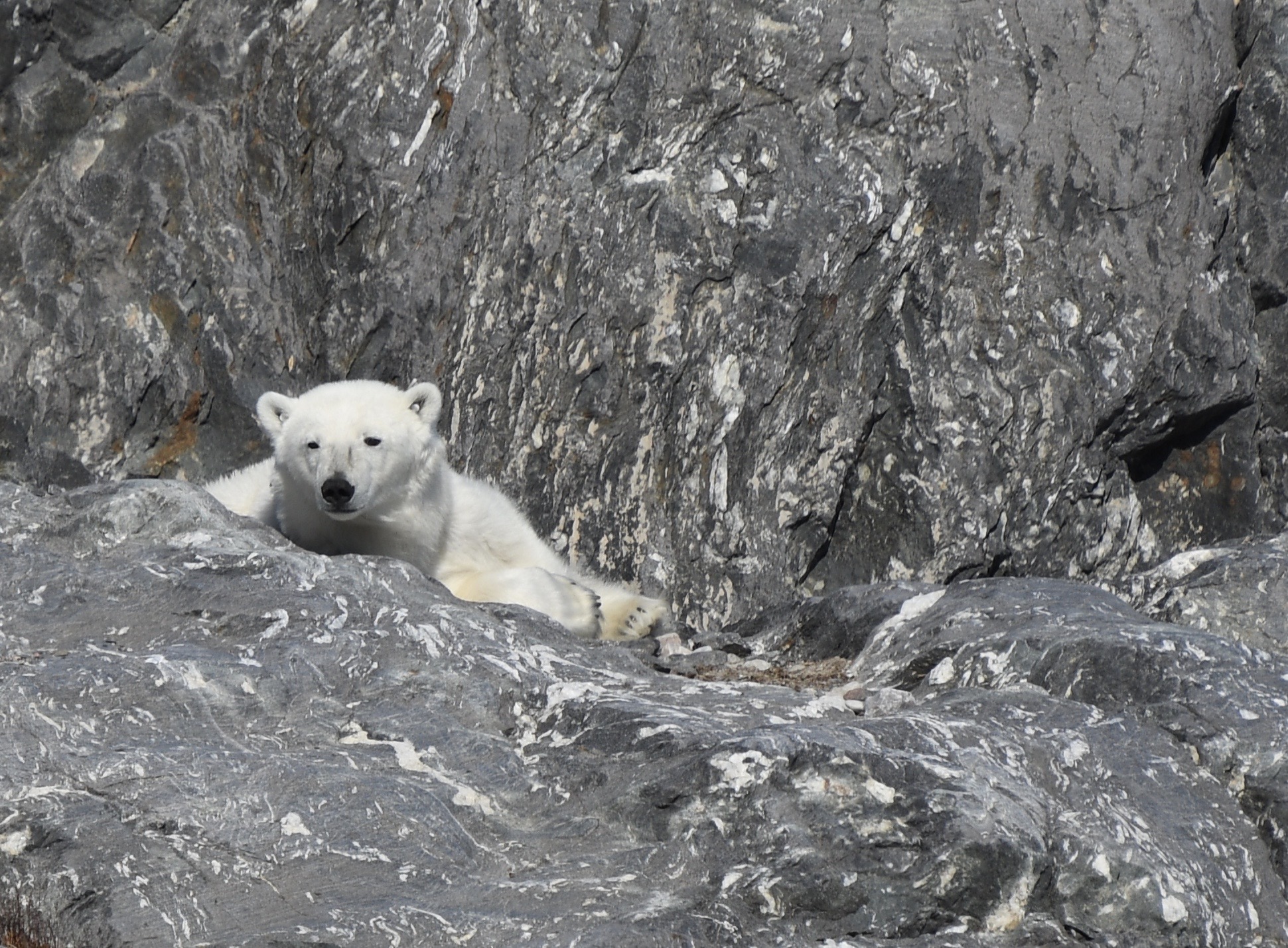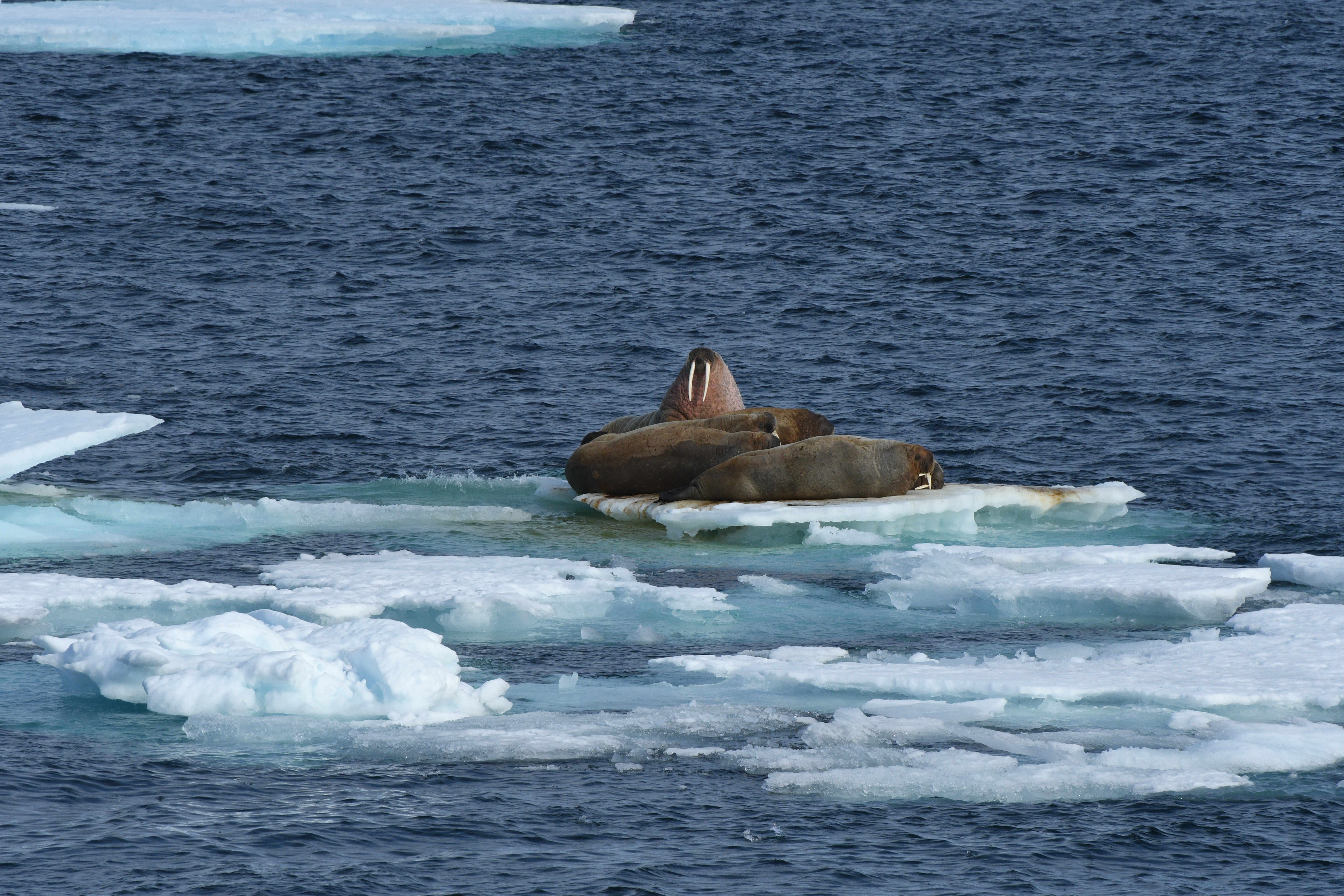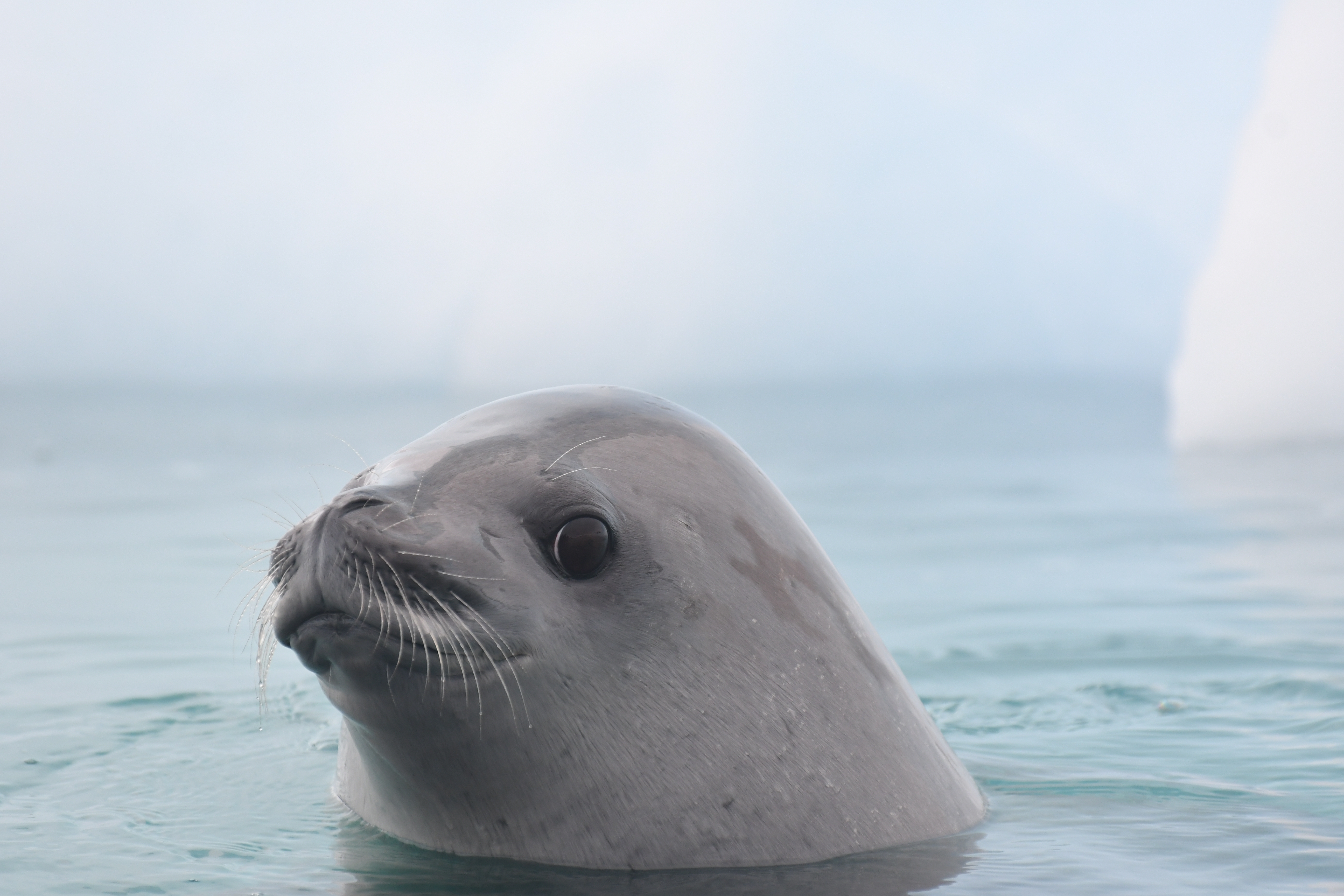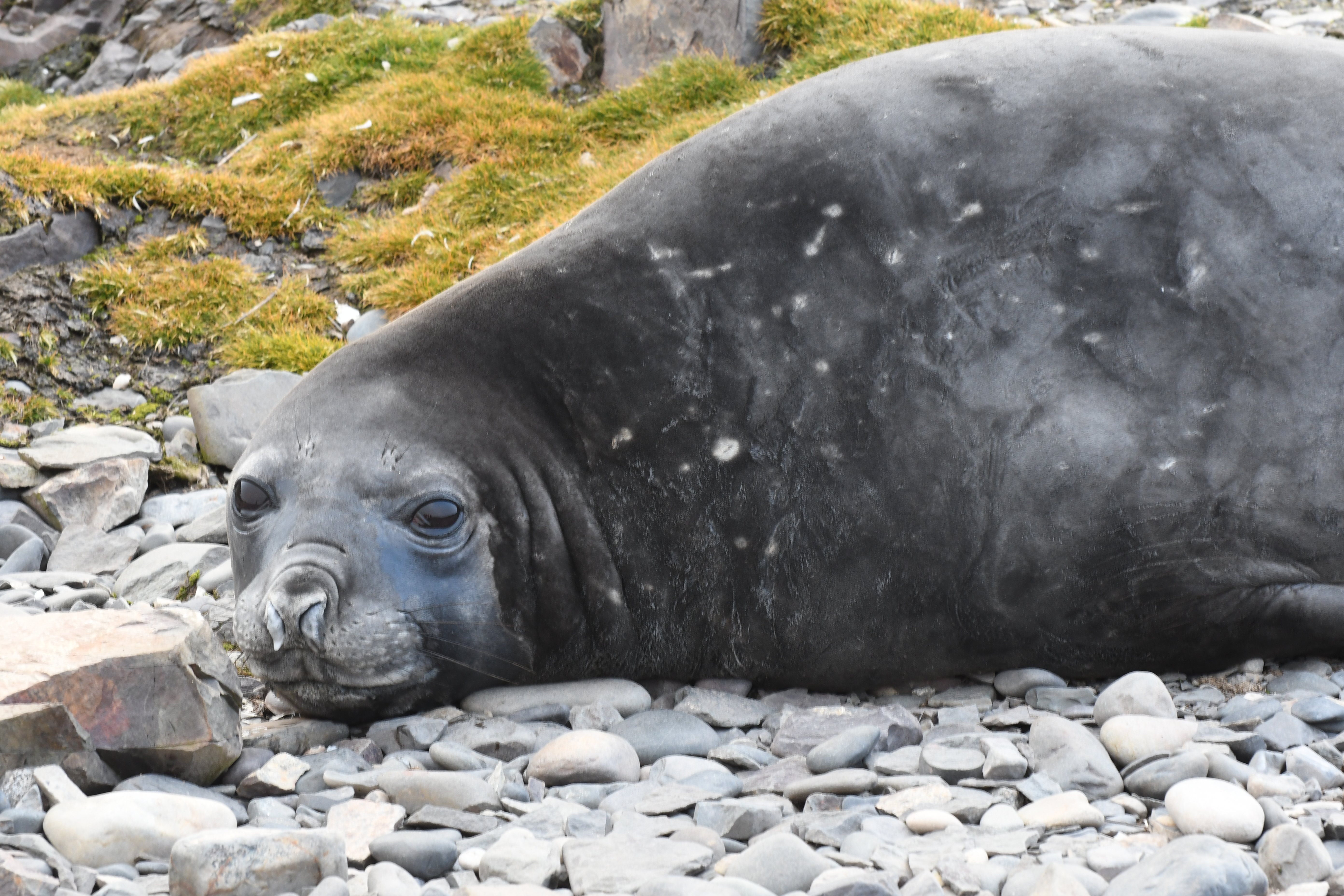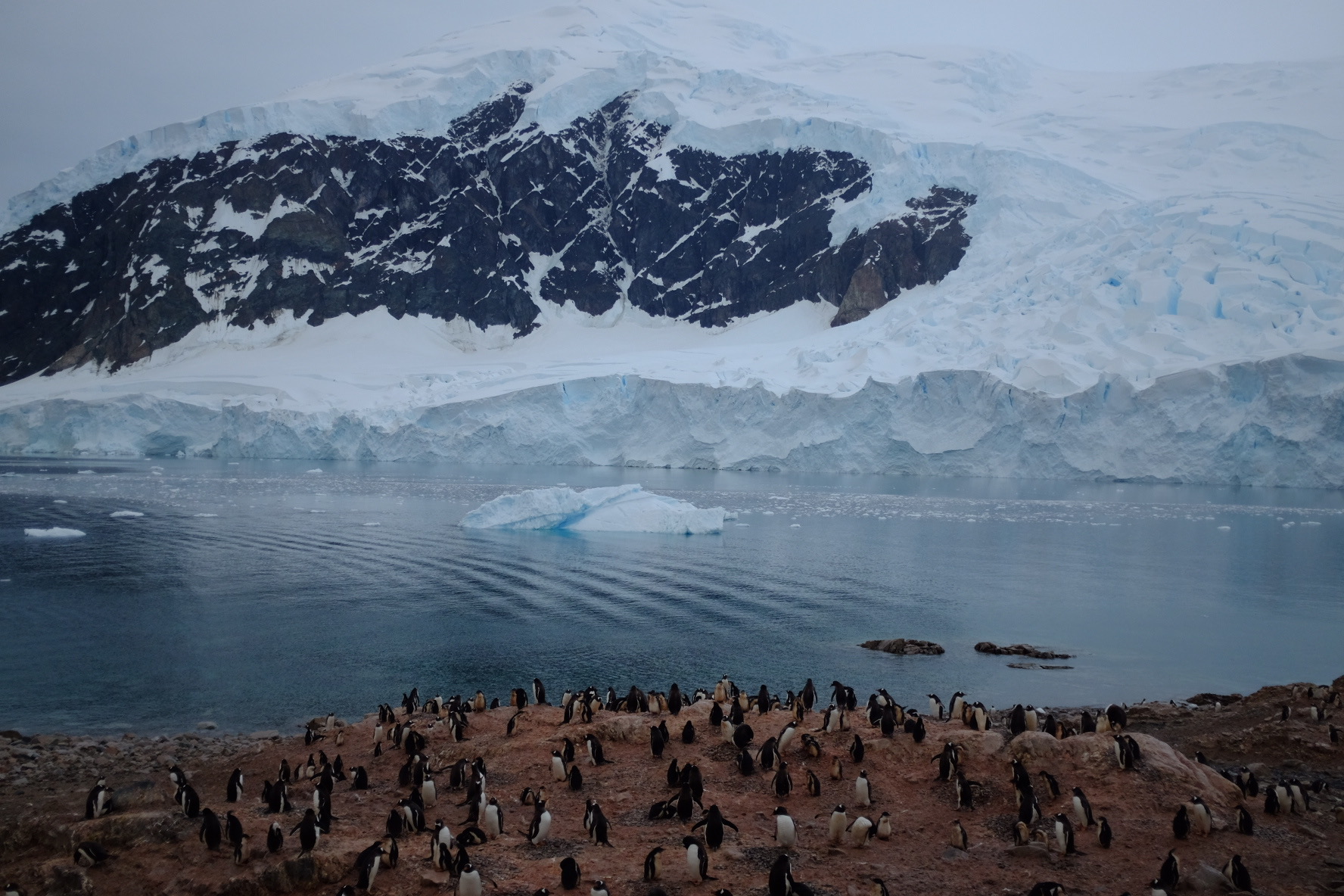The Magnetism of the Polar Regions: Voyaging through the Arctic and Antarctic
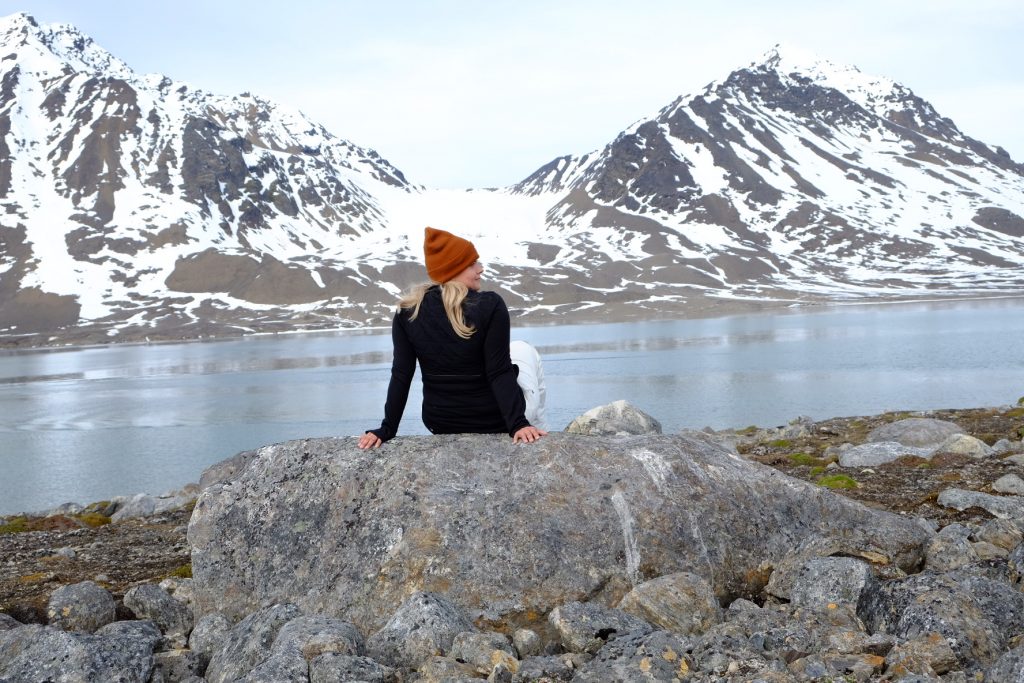
Maybe it’s the cold bite of the wind on your cheeks as you trek across the Arctic tundra in the remote Norwegian archipelago of Svalbard, discovering pristine landscapes of craggy mountains and glaciers surrounded by the glistening Arctic Ocean, making you feel alive. Possibly it’s the sound (and unmistakable smell) of 6,500 breeding pairs of Gentoo penguins on Curverville Island, part of the Antarctic peninsula. Or is it seeing a wandering albatross — the bird with the largest wingspan on the planet — follow alongside your ship as you cross the notorious Drake Passage? It might also be the opportunity to see some of the largest and most powerful wildlife on the planet that calls the polar regions home, such as the great blue whale or the queen of the north, the polar bear.
Whatever your draw to the frozen ends of the earth, with climate change at the forefront of our minds, it’s hard to ignore the fact that the ice on our planet is melting at an alarming rate. For many, this has instilled a sense of urgency to visit at least one of the two most remote and beautiful places on the planet: the Arctic and the Antarctic. Though we see both regions combined in so many documentaries, and yes, they both have a lot of extreme, icy landscapes to explore, they are wildly different — polar opposites, in fact.
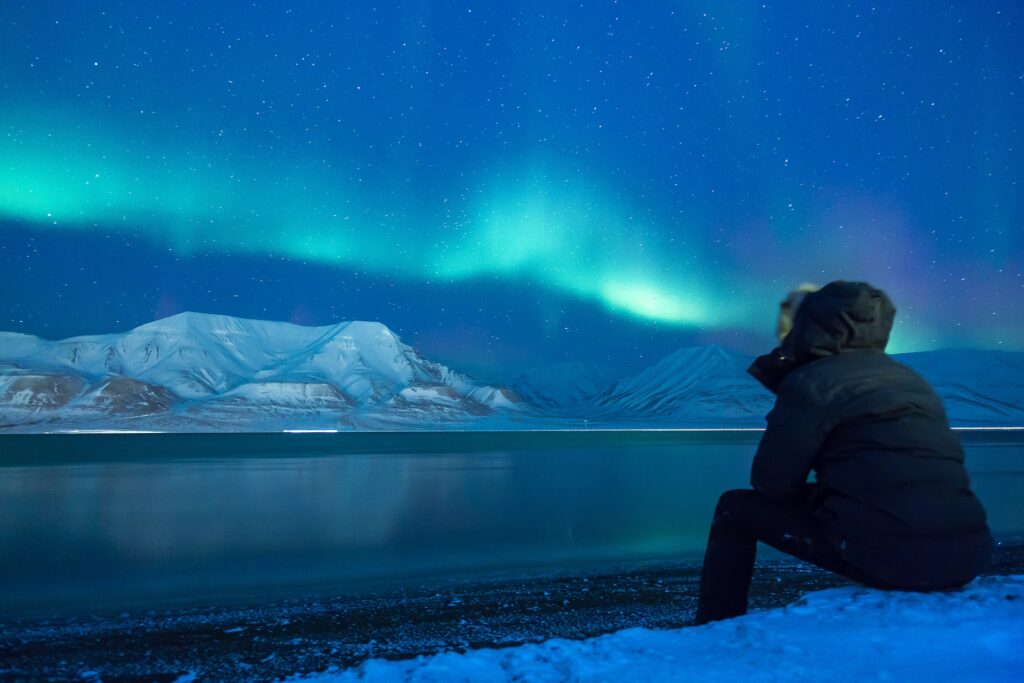
I’ve had the privilege to explore both ends of the earth with Chimu Adventures, and it’s impossible to choose one destination over the other. They both have an undeniable magnetism and are travel experiences that will shift something in you, right down to your core. These are places change the way you travel and, without embellishing, the way you live, because in their grandeur they make you realize both how fleeting your existence is, yet also how impactful it can be.
Being in Antarctica is a rare opportunity to experience our world in the pure, untouched way it was meant to be: teeming with wildlife around every corner, beneath every wave, and on every single landing and zodiac ride. In Antarctica, there’s no evidence of human intervention apart from the 70 permanent research bases dotted throughout the continent, which you don’t just stumble upon unless your ship plans to visit (even then, you might not get there, because in the polar regions, Mother Nature handles your final itinerary).
In Svalbard, you’ll find dramatic geology, arctic flora and fauna, and pristine, remote landscapes in a place where there are civilizations and settlements dating back hundreds of years. The Arctic has been inhabited by humans for centuries and yet wildlife still undeniably reigns, despite all the human destruction. There, the ice is melting five times faster than anywhere else in the world; since 1971, temperatures have risen by 4°C. You’ll make landings to see old whaling bases and mining towns, and take hikes to clean up plastics, nets, and trash washed up from neighbouring countries. The human impact here is unquestionable and incredibly important to witness.
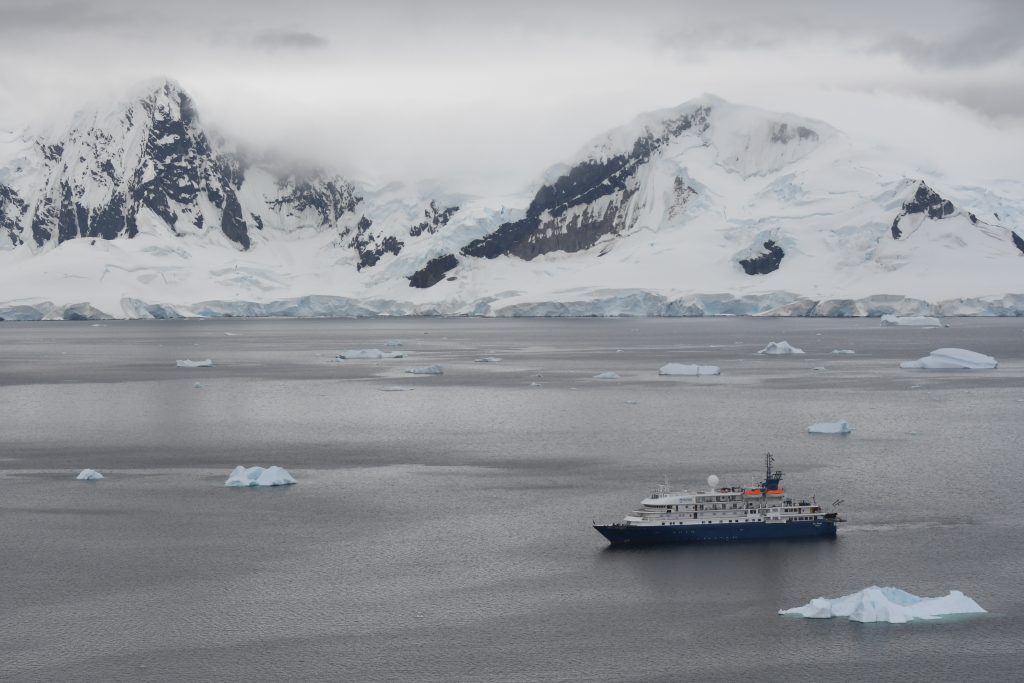
So how do you choose? The answer is to experience both Arctic and Antarctica in your lifetime. In the Arctic and the Antarctica, it’s impossible not to become intimately connected with both our planet and ourselves because our impact is undeniable in these fragile, magical parts of the world. It’s hard to visit a place that’s untouched or never been set foot upon by another human — the days of the intrepid explorer are few and far between — yet in the polar regions, there’s a chance you still could set foot somewhere that has never been trodden before.
The beauty of exploring both of these destinations is the delicious ambiguity — the opportunity to let go of all expectations and just go along for the ride with Mother Nature. So, pack your warmest waterproof gear, invest in a great pair of binoculars, slap on your anti-seasickness patches (or don’t), and arrive without expectation. With either place, you’re in for a journey of a lifetime.
The Wildlife
There’s nothing quite like the feeling when you hear the ship’s PA system rustle in the middle of the night on an Arctic voyage, or during your afternoon nap on an Antarctic journey, then hearing your expedition leader announce that they’ve spotted some kind of incredible wildlife. In both regions, you’ll become an expert in the art of getting dressed in layers as quickly (and warmly) as possible, and always having your camera batteries charged, memory sticks clear, and binoculars on hand. The biggest difference between travelling both places is the wildlife.
The Arctic is the only part of the world you will find beluga, walrus, the elusive narwhal, and the mighty polar bear — all of which you’ll have to search hard for on your expedition. And although there are more polar bears than people living on Svalbard, there’s no guarantee you’ll see one. That said, the guides, captain, and officers on the bridge are on 24/7 watch — thanks to that wonderful midnight sun — so chances are you’ll see at least one. On our first morning, we awoke bright and early to an announcement that there was a pod of belugas on the port side of the ship, and a few hours later a polar bear climbing on the ice. We spent the majority of the day watching this healthy bear swim, climb, and sleep, first from the ship through onboard scopes and binoculars, and then later in small groups from zodiacs.
On the last night of our expedition, close to midnight on our way back to Longyearbyen, a few clouds painted the sky orange and pink, giving the illusion of a sunset. As I stood on the bridge, taking in every last moment of wildlife spotting, I heard murmurings between our expedition leader, Berna, and our third officer Roman. They had spotted the biggest blue whale they had ever encountered in the distance, but they weren’t going to announce it to the ship until we got a bit closer. They passed us a pair of binoculars and as we neared her. We soon discovered it was both a mother and her calf. The team said they might see one blue whale per season, so standing there in awe of these incredible animals was the ultimate Arctic wildlife experience.
In Antarctica, there’s no chance you’ll visit without spending some quality time watching and getting to know hundreds, if not thousands, of penguins. There’s an enforced distance you’re meant to keep from all wildlife, but there’s not a lot you can do to stop curious penguins from coming to you. Depending on the time of year, you’ll see them at all different stages, from the courting period to when they molt for the first time (see Chimu’s month-by-month guide to Antarctica for more in-depth info on what you’ll see when). Another species you’ll only find in Antarctica is southern elephant seals — hilariously massive, snotty, loud and violent.
Thanks to Antarctica being relatively untouched by humans over the years with treaties, marine reserves, and areas protected from whaling, you’ll likely spot one of many grey, fin, minke, right, sei, humpback, and orca whales daily throughout your journey south, and possibly even a blue whale if you’re lucky.
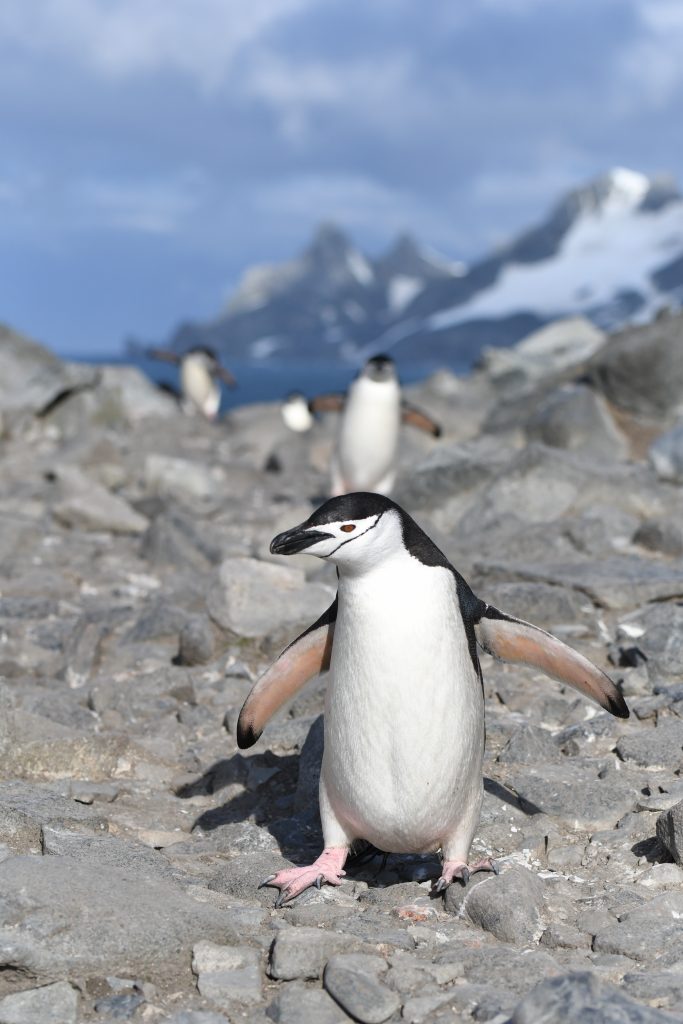
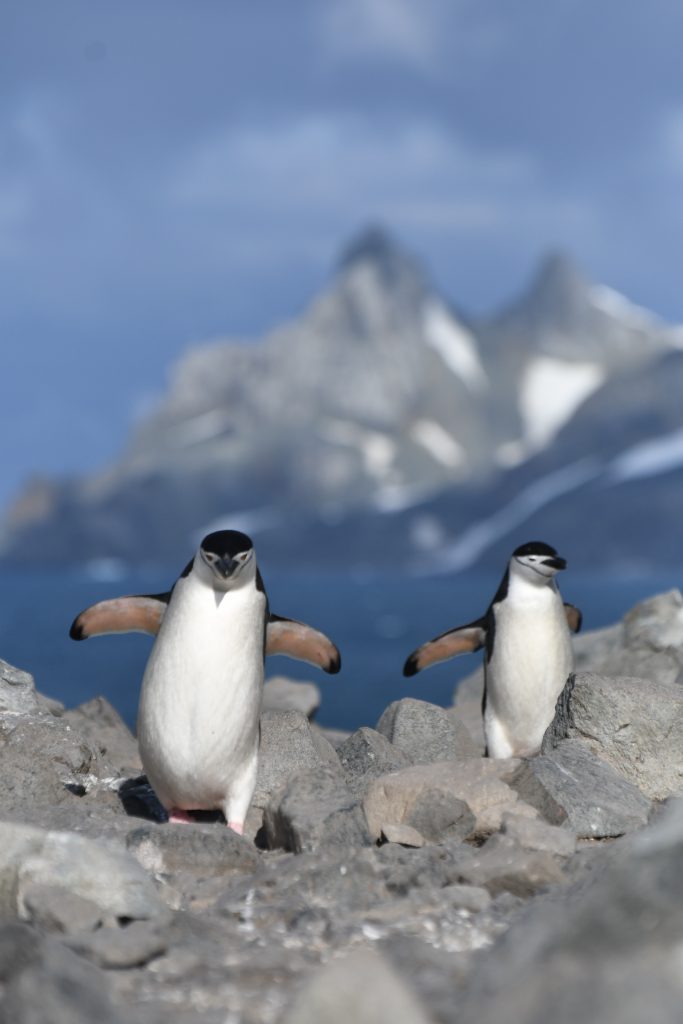
The Midnight Sun
An expedition to the Norwegian Arctic in summer offers 24 hours of daylight which, naturally, means more time to spot wildlife. This is something you can only experience in the far north — and it’s well worth the journey. Sit back, sip on a glass of wine or a warm cup of tea in the middle of the night and admire the incredible landscapes of the Arctic from the windows of your ship, or bundle up and find a cozy spot outside. My favourite place is on the top deck in front of the bridge, or a couch with a viewing deck and windows to block the wind. Seeing the grandeur of the towering mountains, glaciers, and icebergs while the rest of the world is asleep is truly humbling.
Landscapes and Landings
In the Arctic, you’re in polar bear country, which means there’s a heightened level of safety concern — every trained guide carries flares and a rifle on zodiacs and landings, and there’s usually a rifle master aboard every ship who scouts out the landing site hours before passengers make their way to land, ensuring an encounter doesn’t happen. This also means there’s no alone time on land in the Arctic because you need to stay close to your guide and group at all times (you never know if a polar bear might be hiding behind a rock or mountain and suddenly reveal himself). Consequently, there’s not a lot of time to sit back and enjoy the landscape during the landings (but you can save that for the ship).
In Antarctica, there’s no fear of polar bears, and really no dangerous land-based animals to be concerned about, so there’s more time to spend on land taking it all in at your leisure, and even opportunities to find a place to do so alone (don’t miss taking a moment to do this—you’ll never experience silence quite like it elsewhere). You can even camp on Antarctica worry-free apart from extreme weather, as long as you’re high enough that the fur seals and penguins won’t climb to you.
Another major difference is crossing the Drake Passage to get to the Antarctic Peninsula, which means three days spent at sea on either end getting to know your fellow passengers, crew, attending lectures, and experiencing either the wrath of what they call the Drake Shake, or the calm of the Drake Lake — again, pending what Mother Nature has in store. If you’re prone to seasickness, a voyage to the Norwegian Arctic might be the better option, as from day one you’re experiencing the incredible landscape, with no full sea days (these expeditions tend to travel from one destination to the next by night). On both trips, there’s time for great lectures done by geologists, marine biologists, naturalists, and other field experts onboard during sea days and between landings.
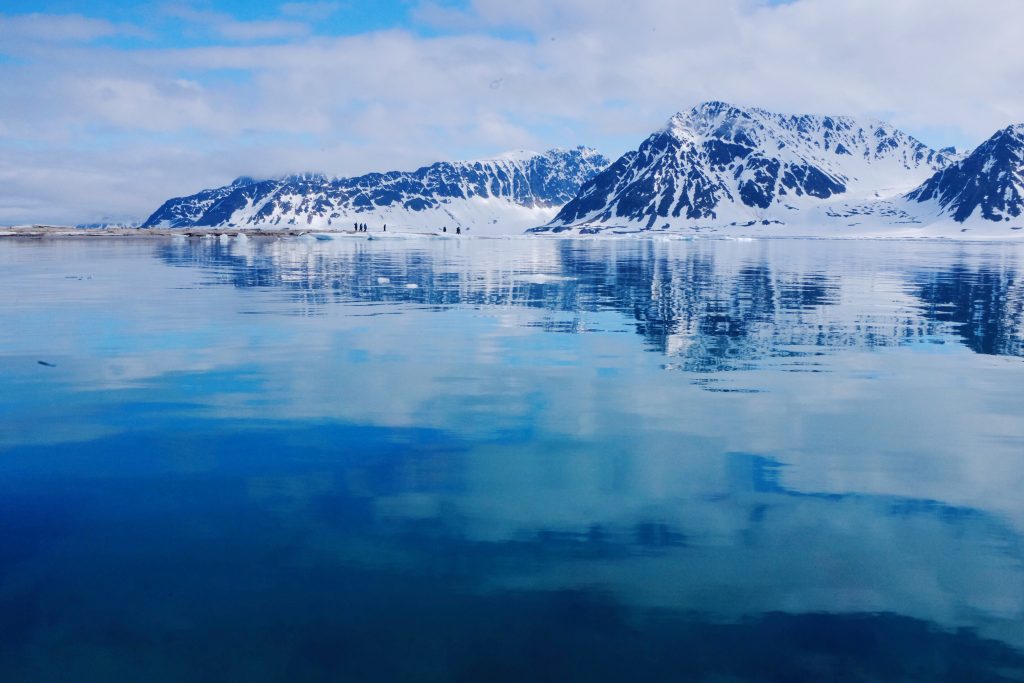
Ship Size
Ship size might be the most important decision you make for your expedition. Bottom line is, the smaller the ship, the better and more intimate your experience with these incredible regions will be, and the people aboard the ship. Small expedition ships are for true adventurers — where the destination is the entertainment, not big casinos, waterslides, and theatres. They have less impact on the environment, and it’s a better experience as a passenger because you get to visit remote areas inaccessible by large ships, giving you a more unique experience. You also spend more time on land and in zodiacs because only 100 people can make a landing at a time according to the International Association of Antarctic Tour Operators (IAATO).
Setting sail to Antarctica first in November 2020 Chimu’s newly renovated ship, The Ocean Endeavour will carry less than 200 passengers at a time, with the best passenger to guide rate in Antarctica (8:1) meaning smaller groups on zodiac cruises and landings.
Sustainability
Of course, there’s always the question of whether or not travelling by expedition ship is sustainable—and the answer is twofold. Yes, if you plan your expedition with a member of the International Association of Antarctic Tour Operators (IAATO) or The Association of Arctic Expedition Cruise Operators (AECO). Our expedition leader to the Arctic explained that the educational opportunities, clean-ups that happen during every landing, and carbon offsetting outweigh the environmental impact from small-ship expeditions.
On Chimu’s new Ocean Endeavour, they have established an industry first with climate positive expeditions by double carbon offsetting all Antarctic departures. Like many, their voyages will also have no single-use plastics and serve only sustainable seafood.
—
Whatever your decision, it will be transforming. And isn’t that what all of us adventure travellers are searching for these days? Find a sustainable operator, and save your pennies for a true adventure of a lifetime to our earth’s last great frontiers. I promise you’ll come home changed for the better.
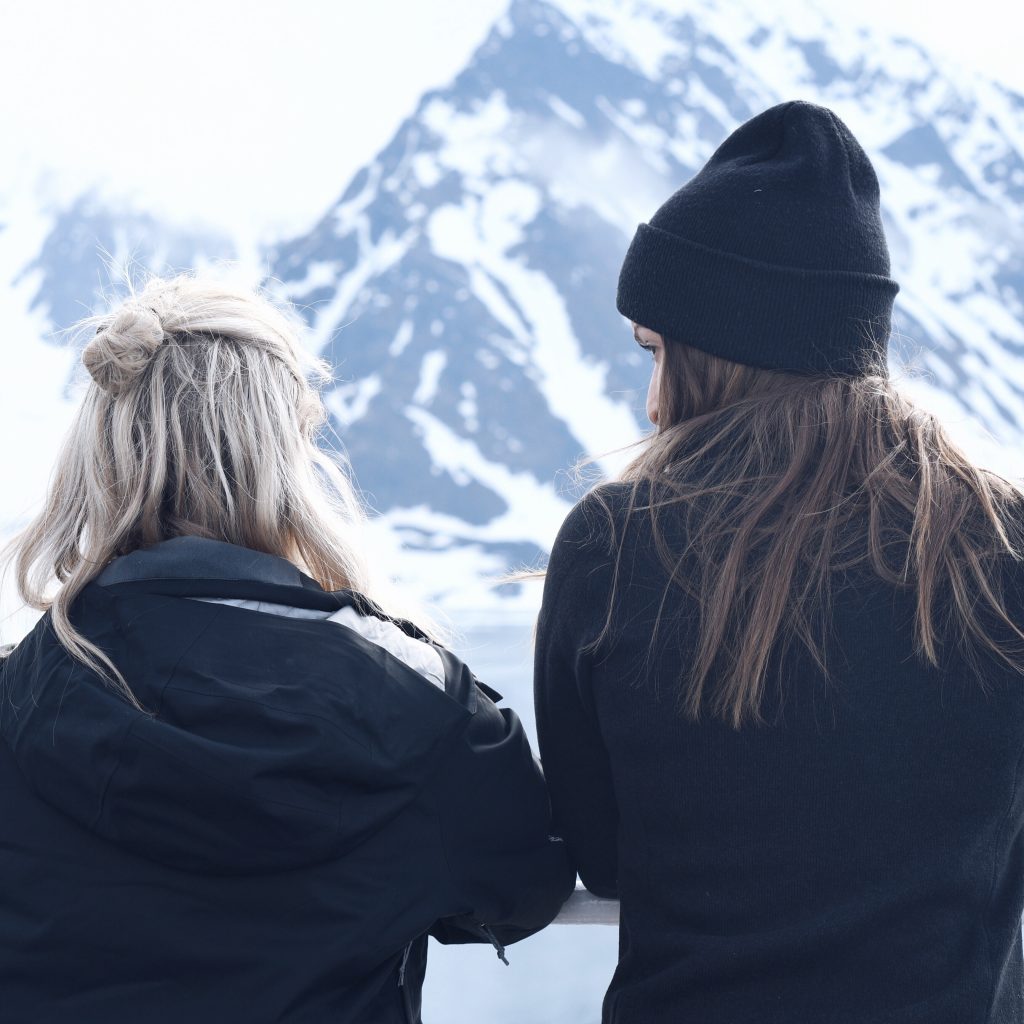
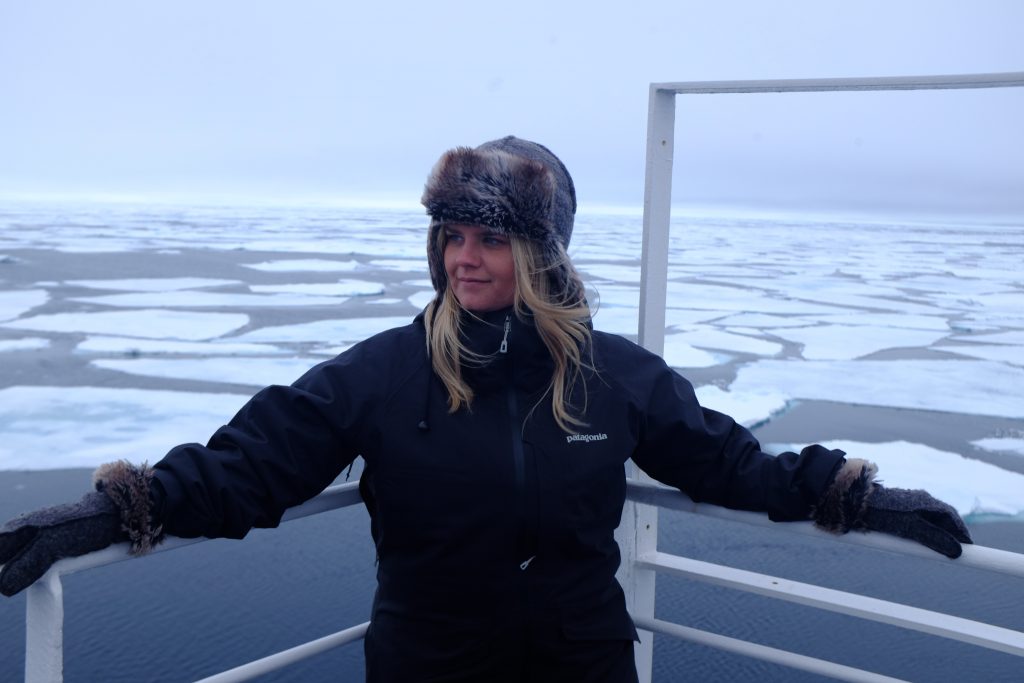
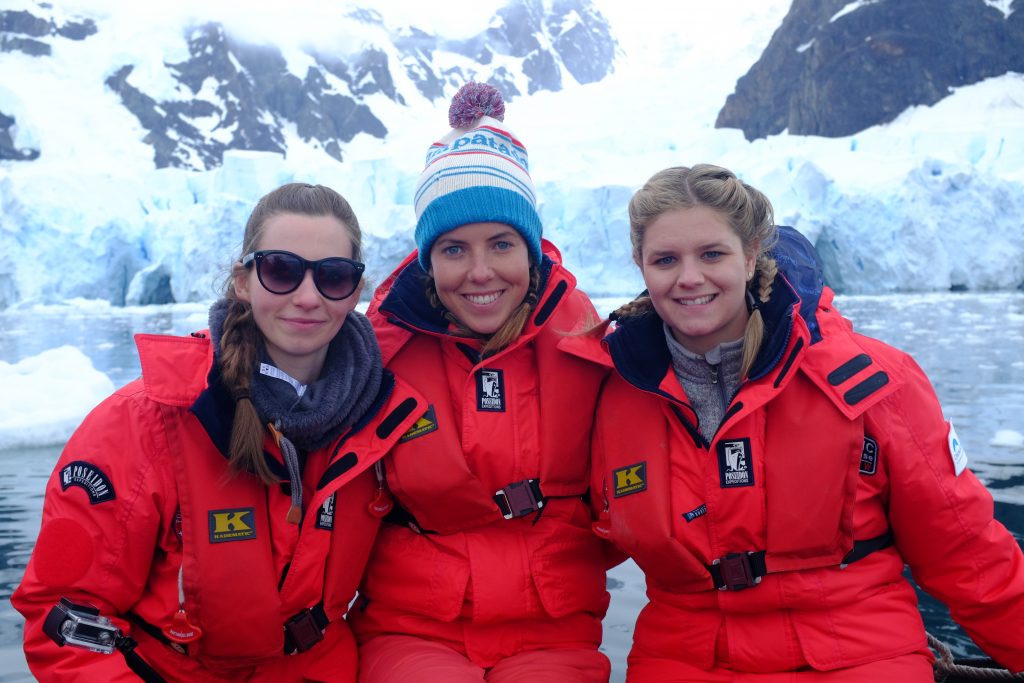
COVER: Author, Alicia-Rae Light takes in the view at Möllerfjorden, in the Norwegian Arctic on the archipelago of Svalbard.
Book Your Stay anywhere in the World

